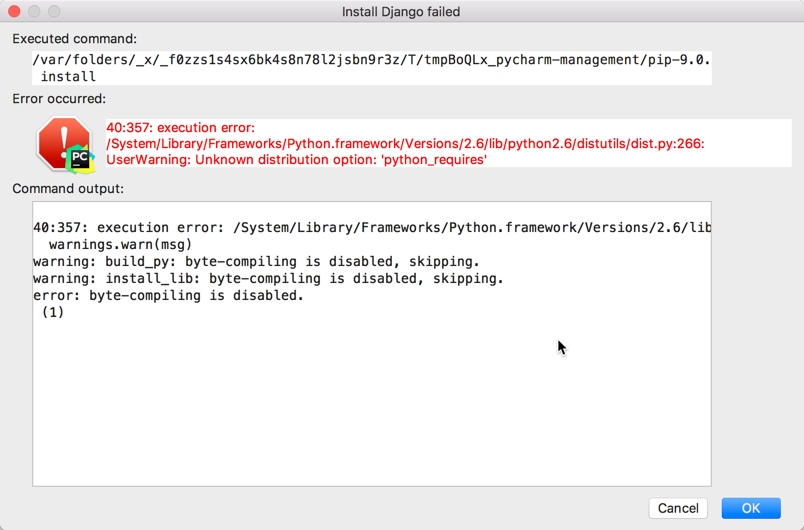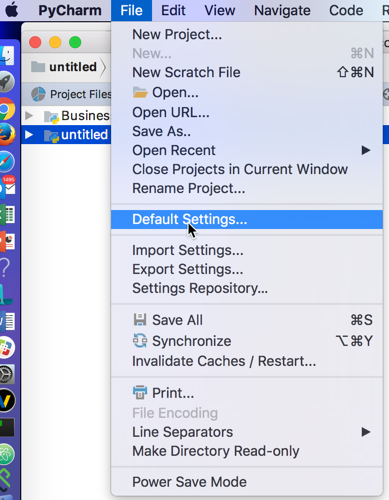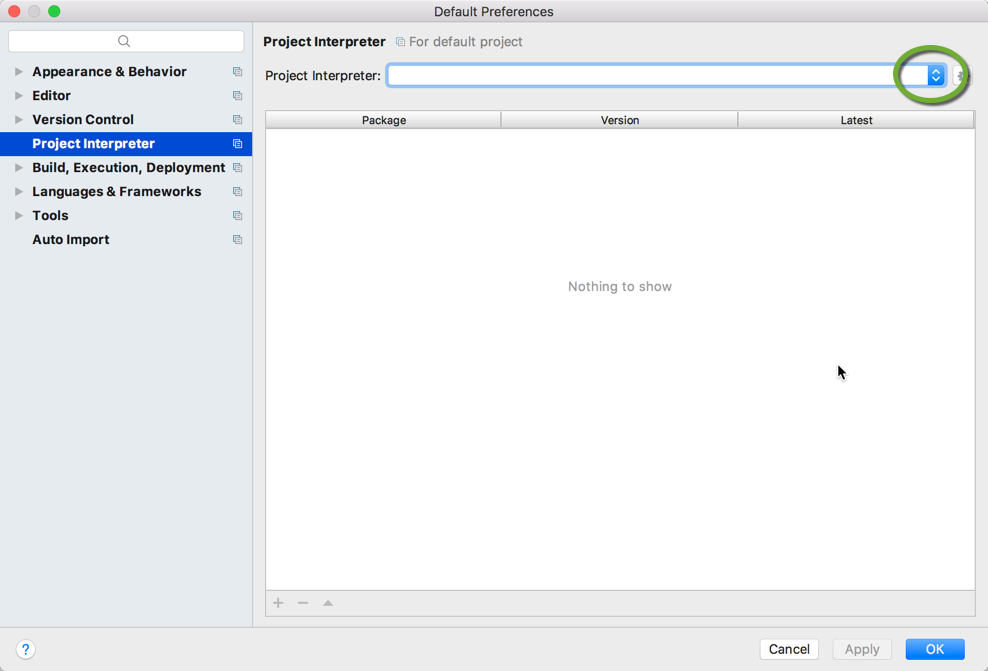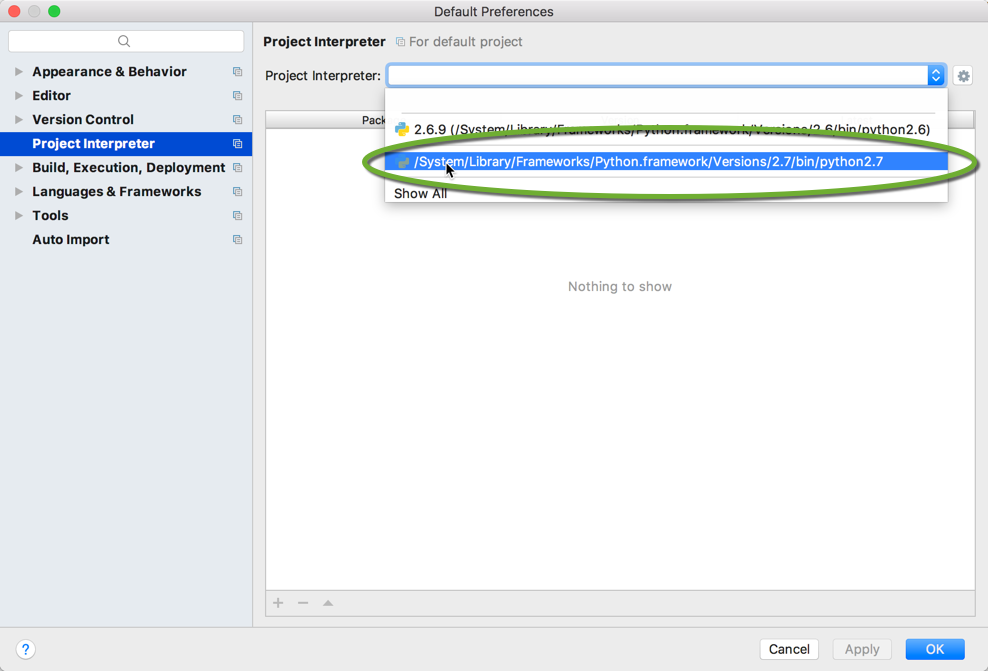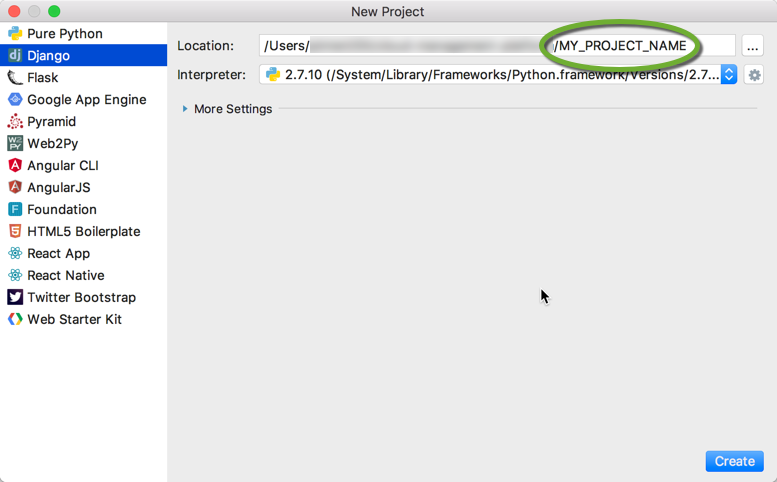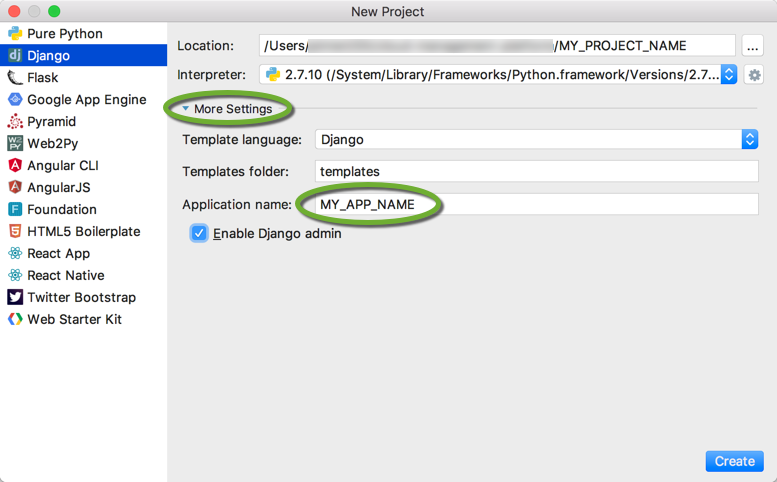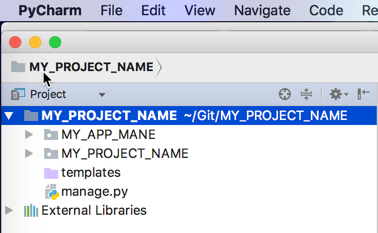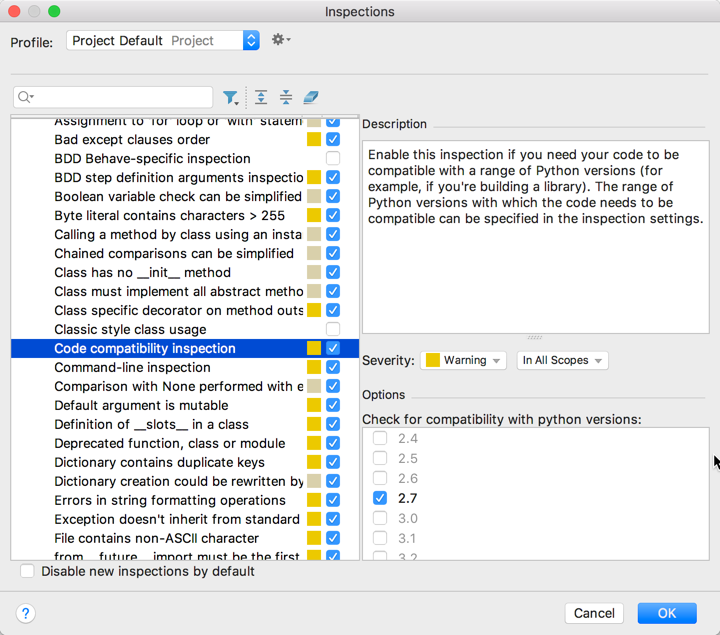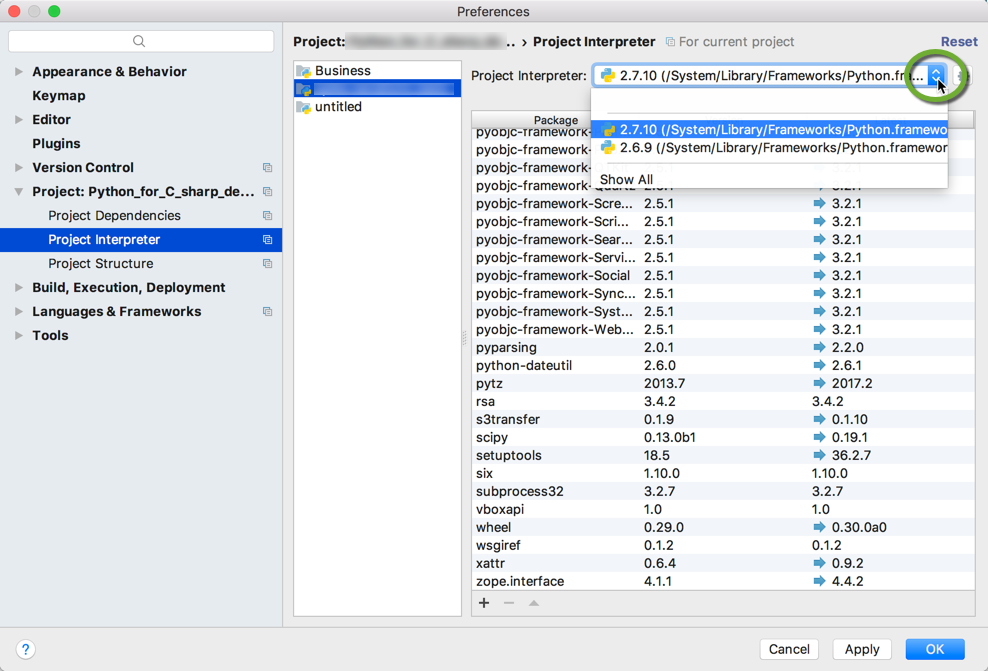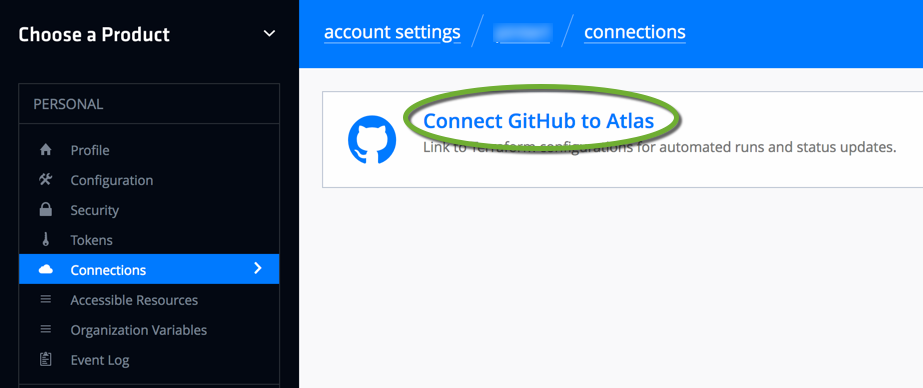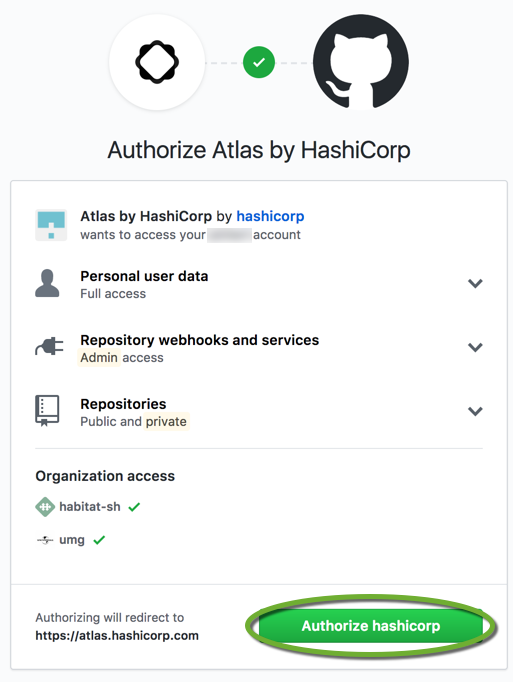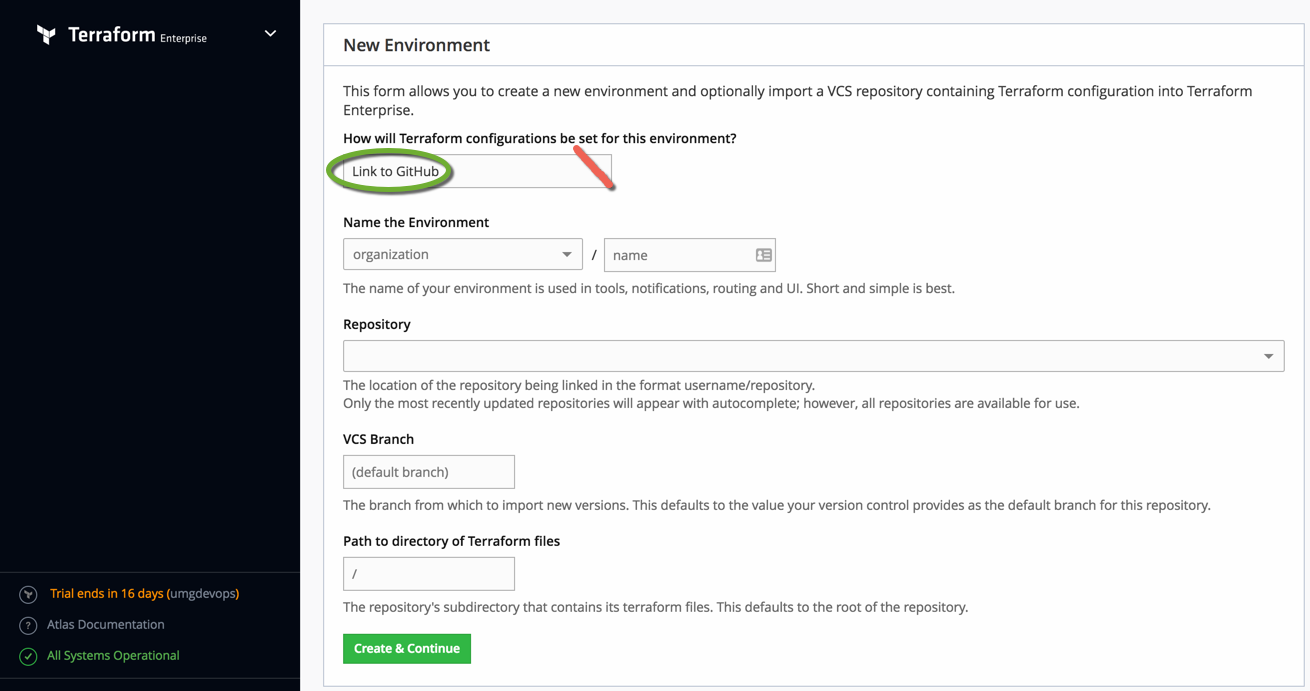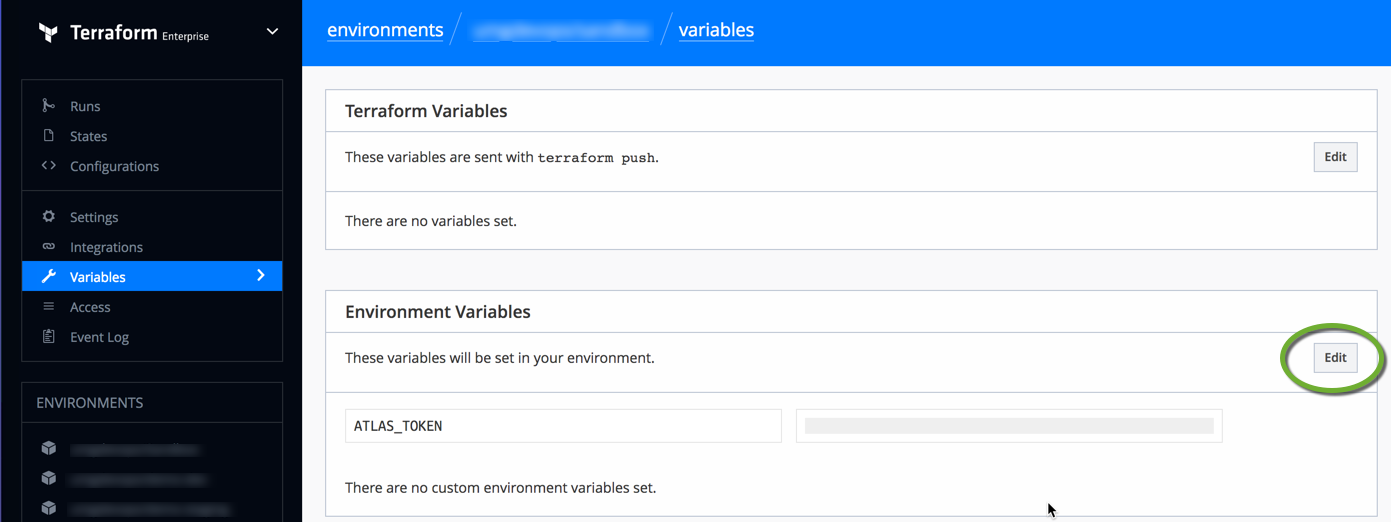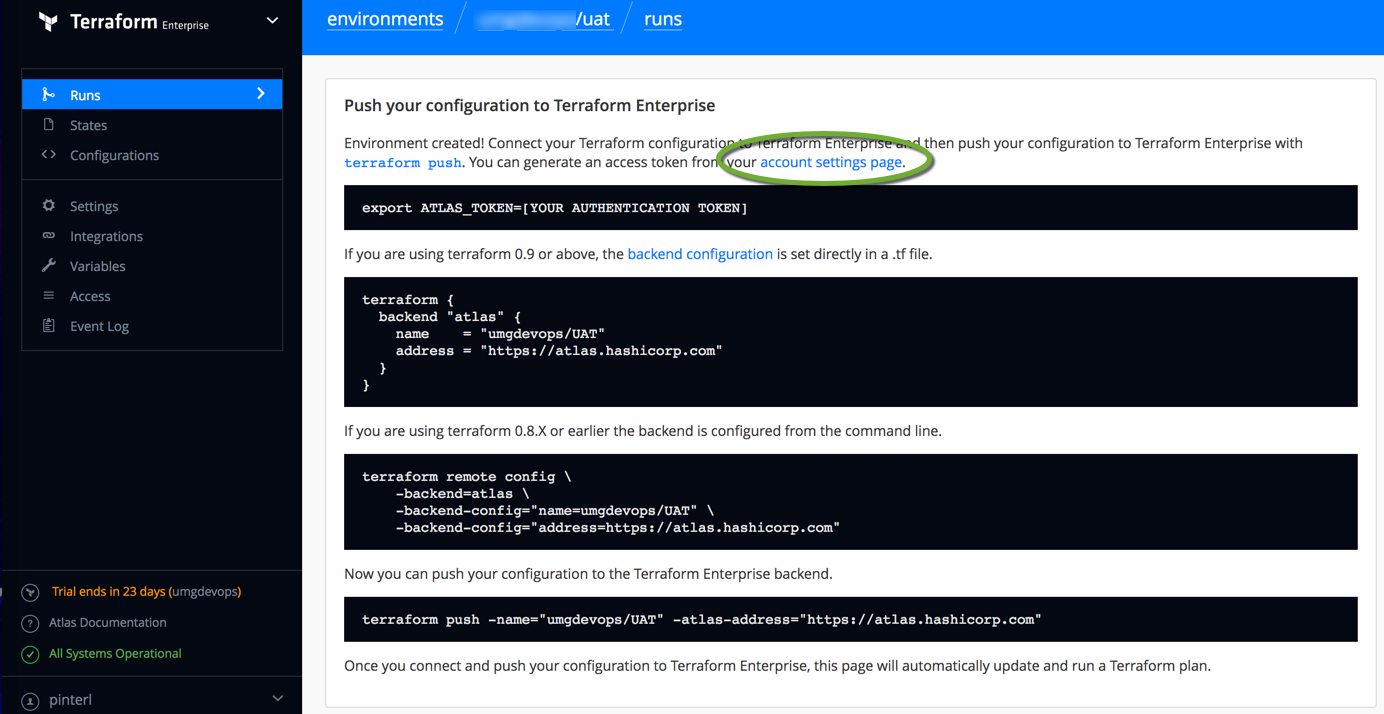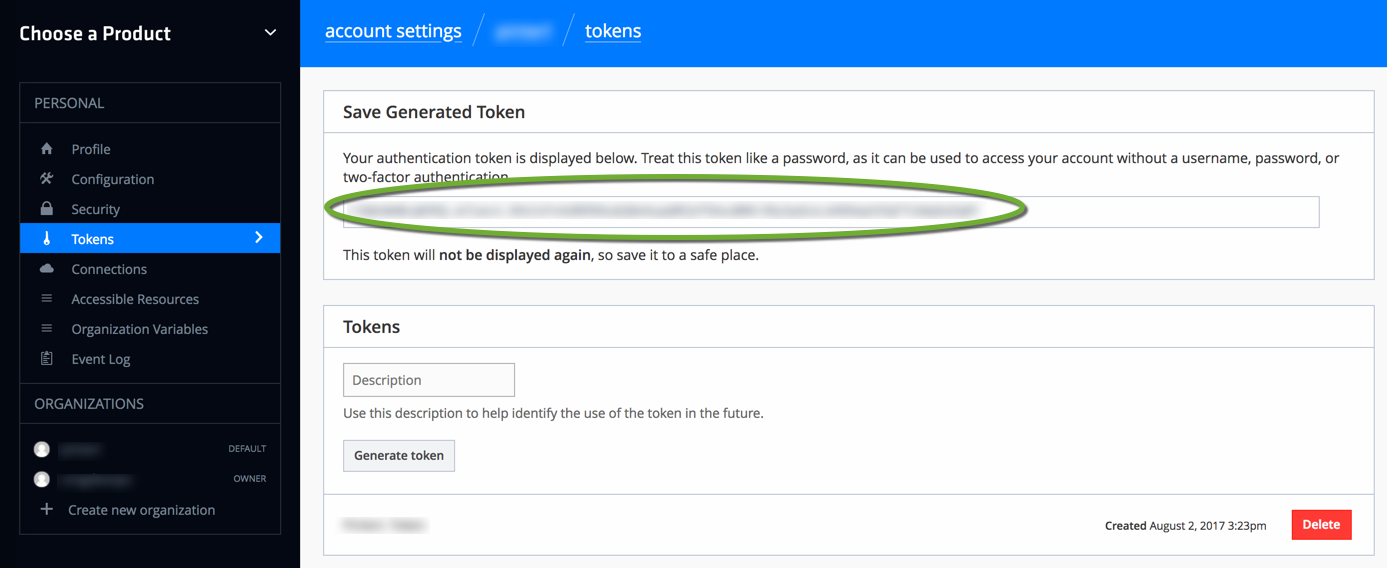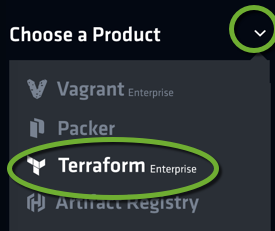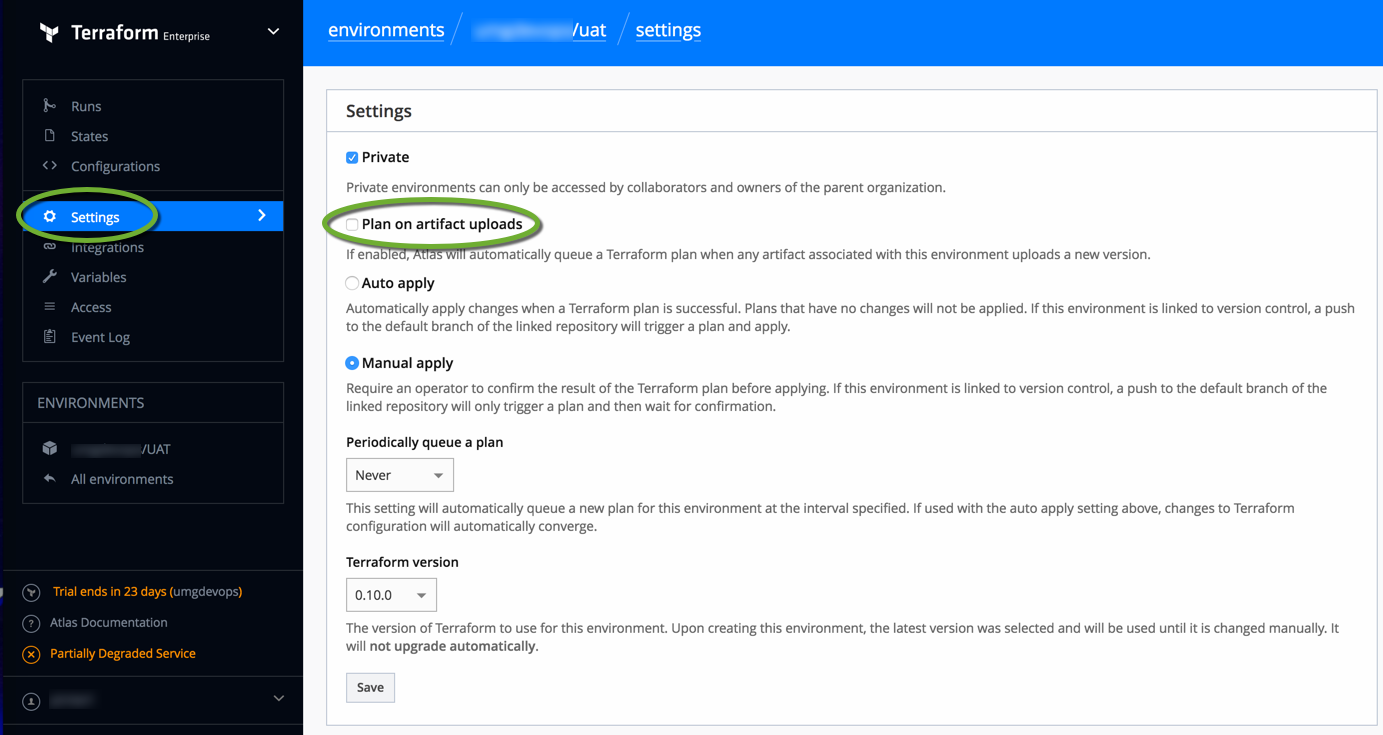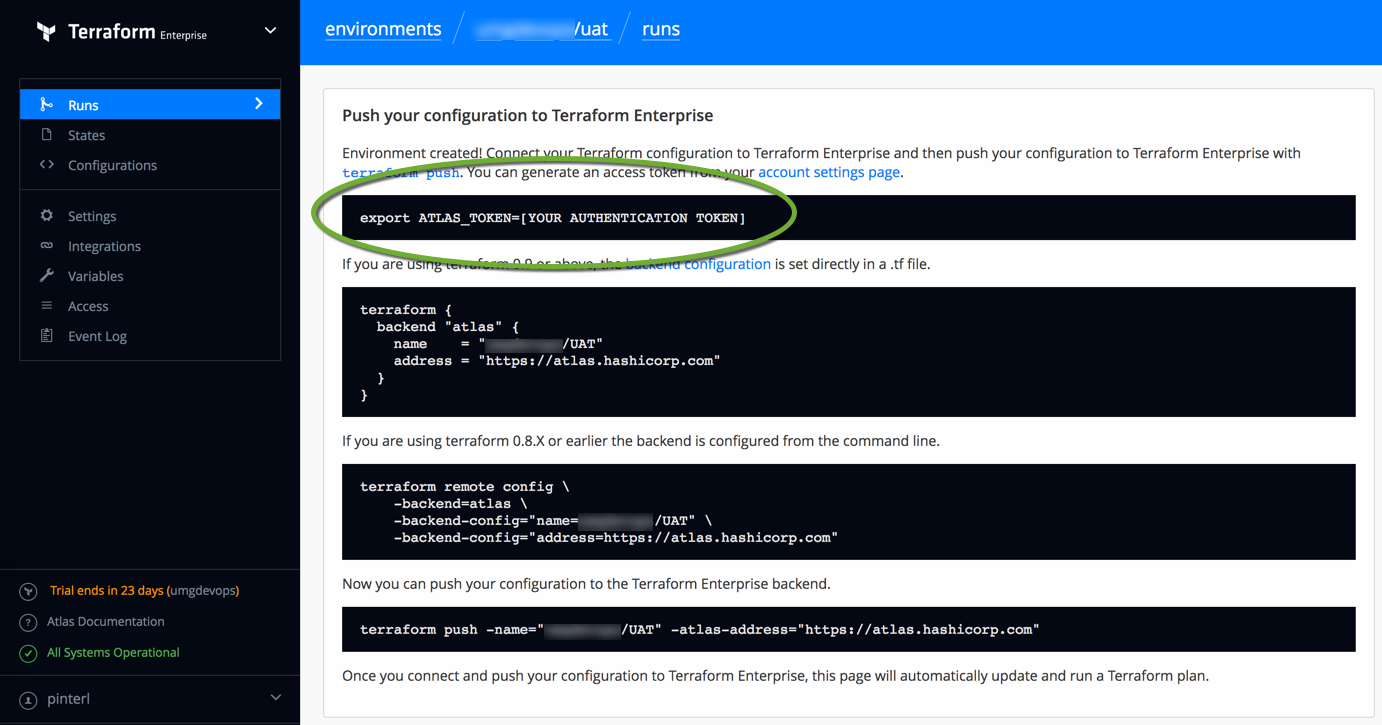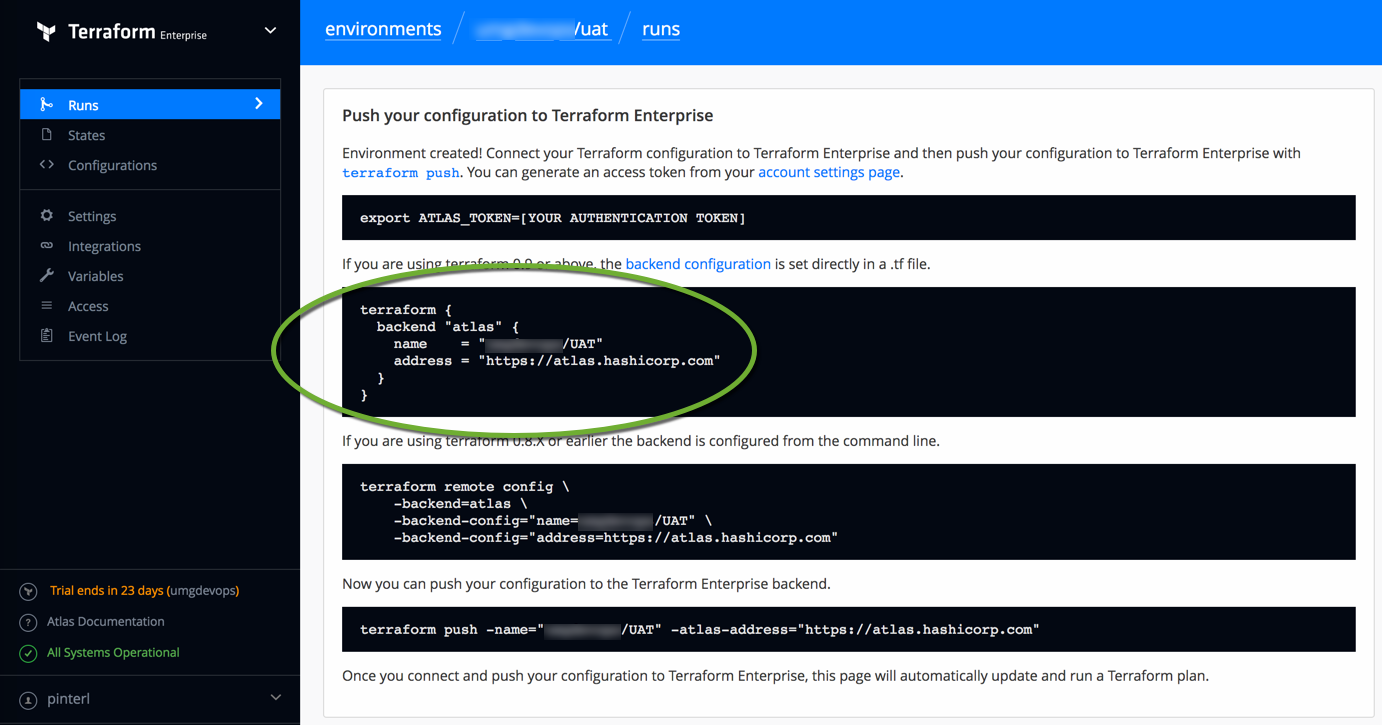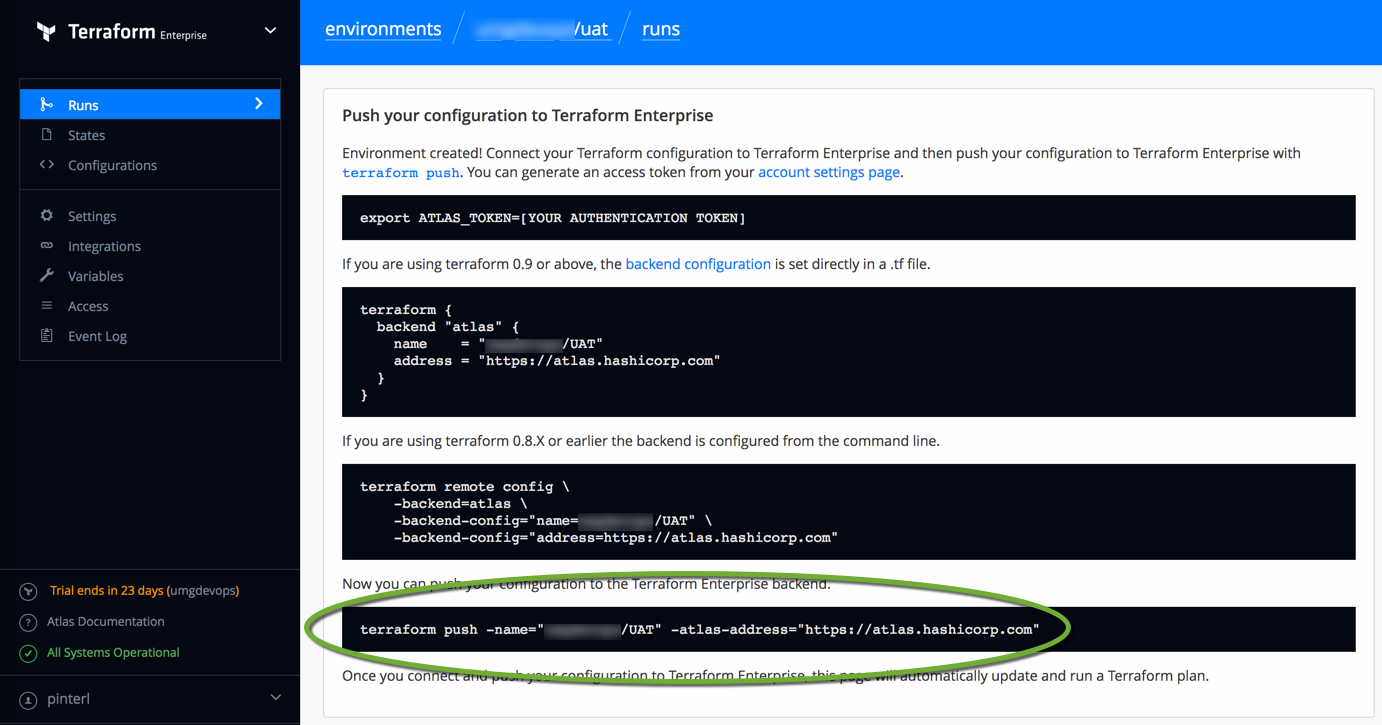If the computer you want to install Microsoft WIndows on, does not have a DVD drive, you can install Windows from a USB drive. To start the computer from the USB drive, you need to prepare the drive to make it bootable.
Microsoft has a free tool that can download the edition of the Windows operating system you need, format the USB drive, make it bootable, and place the installer file on it.
- Using a web browser navigate to https://www.microsoft.com/en-us/software-download/windows10,
- Click the Download tool now button to install the Microsoft Media Creation Tool,
- Start the downloaded MediaCreationTool.exe program and follow the prompts.
